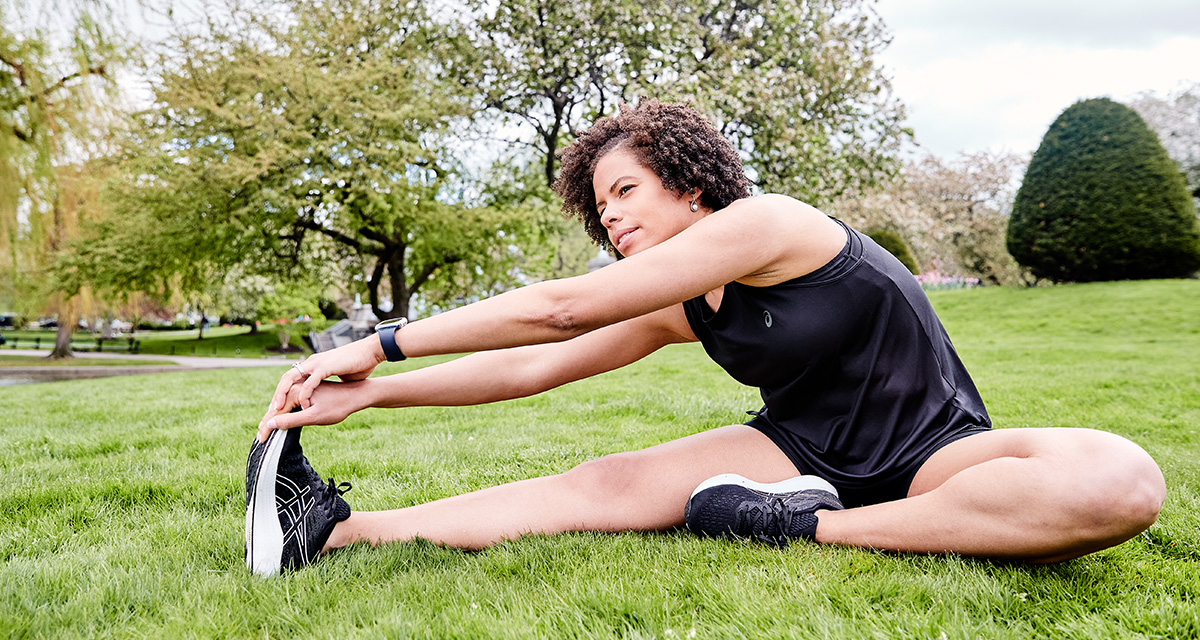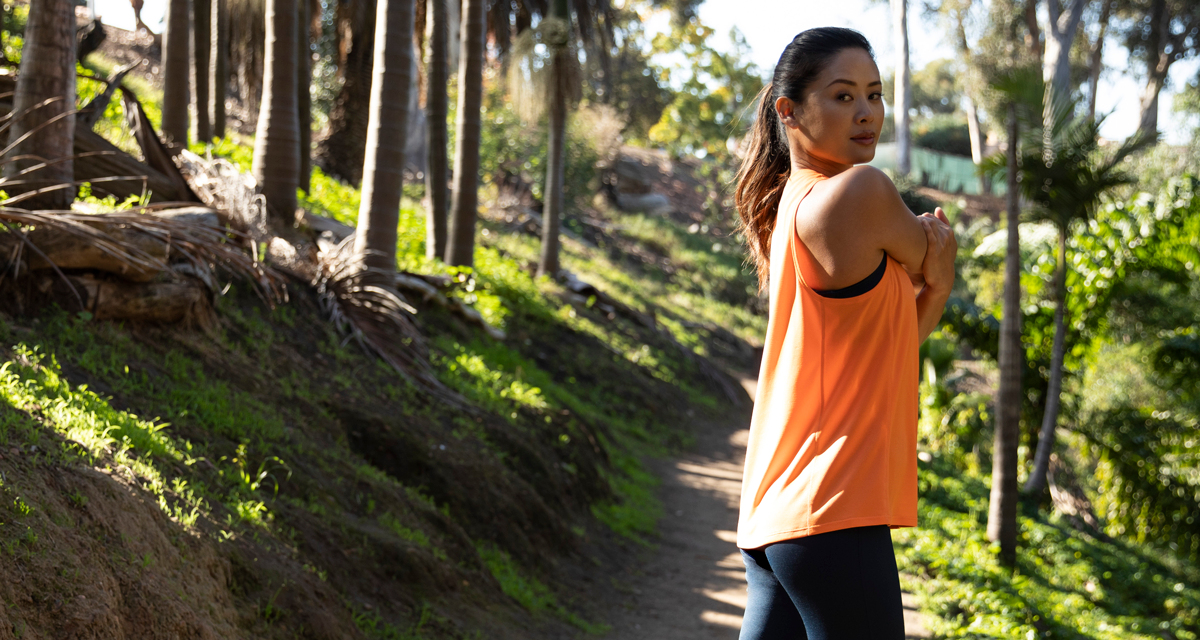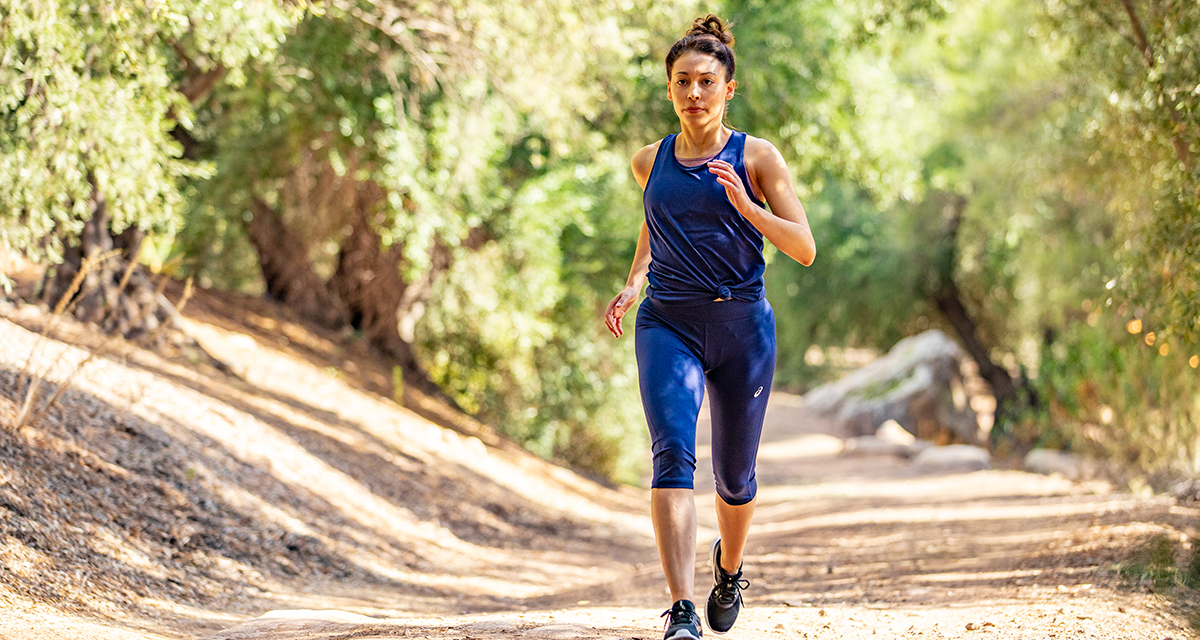Some running injuries can arise from biomechanical irregularities, such as weak muscles, imbalanced hips, inactive glutes, and tight muscles, runners of all levels should include these injury prevention exercises in their training.
These exercises focus on the muscle groups most used in running: the hips, core, and glutes. If these areas are weak, your form will be off while running. You may favor one side of the body over another or recruit other muscles to compensate for weak muscles — both of which can lead to overuse injuries. Injury prevention exercises will strengthen weak muscles and stabilize imbalances, so they prevent injury
Injury prevention exercises serve a double purpose. A study in the Journal of Strength and Conditioning found 5K runners who followed a six-week hip and core strengthening routine ran significantly faster times than the control group who did not do the exercises. Both groups followed the same running routine otherwise. By strengthening the areas such as your hips, core, and glutes, you will also improve your overall running form and economy, which will help you run faster and farther.
Types of injury prevention exercises
The best types of injury prevention exercises are unilateral exercises, which means that you work a single leg independently from the other leg and the rest of the body. While exercises like squats are incredibly effective for building strength, you can rely on one leg over the other and perpetuate an imbalance.
The following exercises will strengthen the lower back, hips, core, and glutes and help you run faster while decreasing your risk of injury. You don’t even need to have a gym membership to strength train, nor do you have to do any complicated exercises that will make you too sore to run.
How often should you do injury prevention exercises?
Do the following exercises 2-3 times per week for maximum benefits, although even once per week will reduce your risk of injury. These exercises can all be done using just your body weight. If you are an advanced runner or strength train on a regular basis, you can add weights or resistance bands to these exercises once you master the form.
Reverse lunges
The reverse lunge will strengthen your glutes, core, quads, and calves. Unlike a squat, a lunge requires your legs to work independently, so this exercise will also improve your stability.
Stand with your feet hip-width apart. Step your right foot back and lower into a lunge, keeping your left knee bent at 90 degrees and above your left ankle. Be sure to engage your core and maintain a flat back with upright posture. Step back to start to complete one rep, then repeat with your left leg. Perform 2-3 sets of 10-12 reps per leg. You can make the exercise harder by holding a dumbbell in each hand.
Single leg deadlifts
The deadlift is one of the most valuable exercises for runners. The hinging motion will strengthen your glutes, hips, hamstrings, and back. By making this a single-leg exercise, you will improve your stability and smooth out any imbalances in the hips and glutes.
Stand with your feet hip-width apart. Raise your left leg out behind you and shift your weight to your right leg. Hinge at the hips to bend forward while extending your leg behind you, so that your body almost forms a T. Be sure to keep your back flat and abs engaged. Pause, then slowly return to start. Complete all reps on one leg, then switch legs. Aim for 2-3 sets of 10-12 reps per leg. To make it more difficult, hold a weight such as a medicine ball or kettlebell.
Bird dogs
The bird dog will strengthen your back, core, and glutes while also improving your balance. Start on all fours, with your knees and hands on the ground. Keep your back flat and core engaged throughout the duration of the exercise. At the same time, extend our right arm and left leg straight out so they are parallel with the floor. Pause, then lower back down. Repeat with your left arm and right leg to complete one rep. Do 2-3 sets of 12-15 reps.
Side planks
This variation of the classic plank will work your hips, glutes, core, and back. To get the most out of this exercise, you want to engage your abs by pulling in your navel toward your spine.
Lie on your right side, with your shoulders, hips, knees, and feet stacked. Raise yourself up onto your right forearm, with your elbow directly below your shoulder. If you have sensitive knees, you can place your feet side by side so your knees do not stack. Raise your hips up so that only your feet and forearm are on the ground. Your body should form a straight line from head to toe. Hold the plank for 30-45 seconds and repeat for 2-3 repetitions.
For a more difficult exercise, raise your top leg in the air as you hold the plank.
Clamshells
The clamshell targets your glutes, hips, and adductor muscles. This exercise will improve hip stability and help you better activate your glutes on a run.
Lie on one side with your knees bent and your elbows, hips, knees, and feet stacked. You can prop your head up in your hand or rest it on your arm. Complete all reps on one side and then switch. Slowly raise your knee towards the ceiling by rotating it from your hip and keep your feet together. Pause, then slowly lower your knee back down to complete one rep. Do 2-3 sets of 12-15 reps per side.
If this exercise feels too easy, be sure to slow down and concentrate on contracting your glute. You can also loop a resistance band around both legs, which will make the exercise surprisingly more difficult.

Bridges
The bridge works your back, hips, core, and glutes. The focus on this movement should be on engaging your glutes and keeping your hips level. If you feel a burn in your quads, adjust your feet and concentrate more on powering out of your glutes.
Begin by lying on your back with your knees bent and feet flat on the floor near your butt. Engage your abs and slowly raise your hips up, squeezing your glutes as you go. Hold for a few seconds at the top before slowly lowering back down to complete one rep. Perform 2-3 sets of 12-15 reps total. For a more challenging variation, raise one leg in the air and do 12-15 reps before switching legs.

Please note: This blog is not intended to be a substitute for professional medical advice, diagnosis, or treatment. Always seek the advice of your physician or other qualified health provider with any questions you may have regarding a medical condition.







